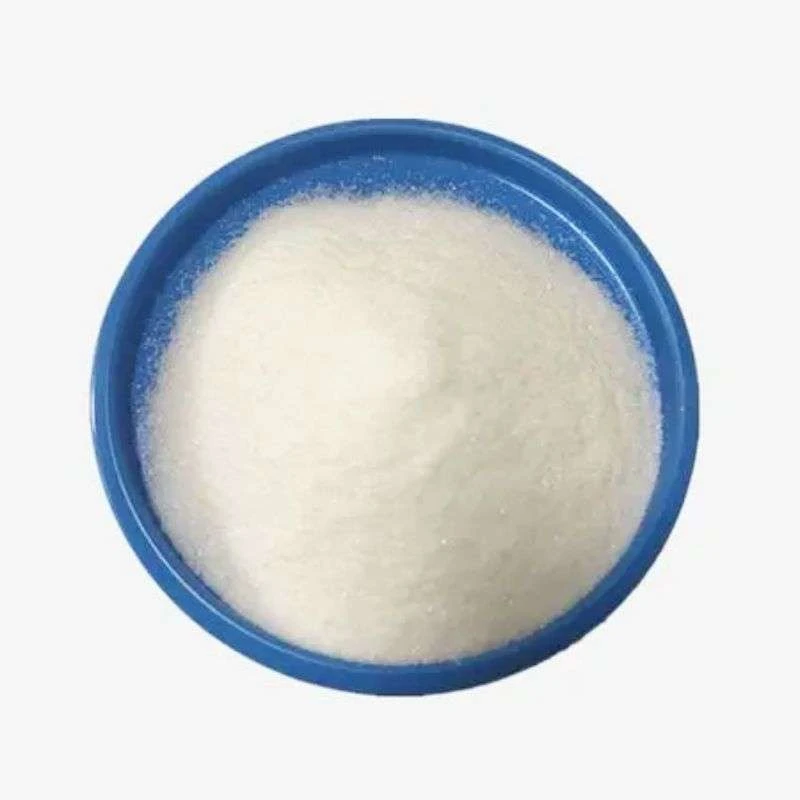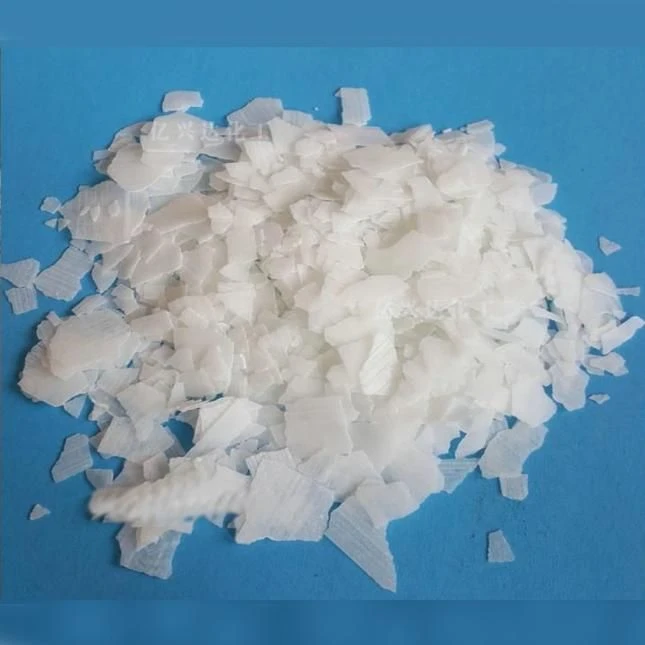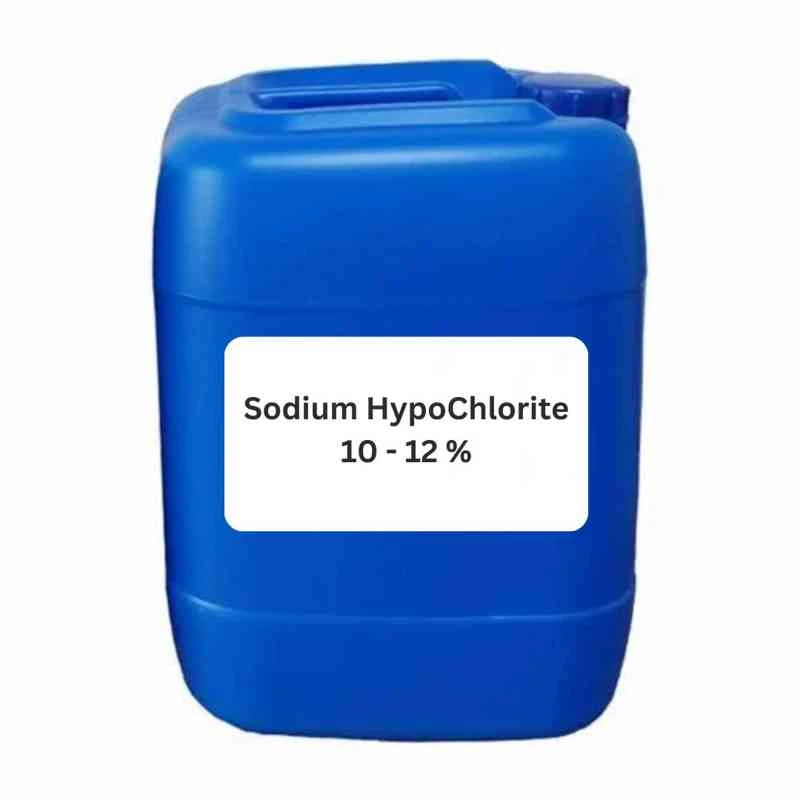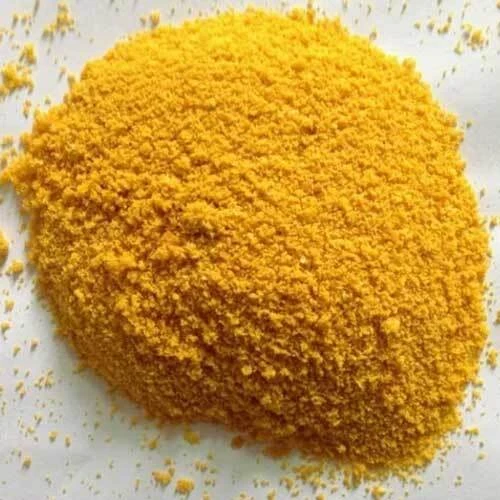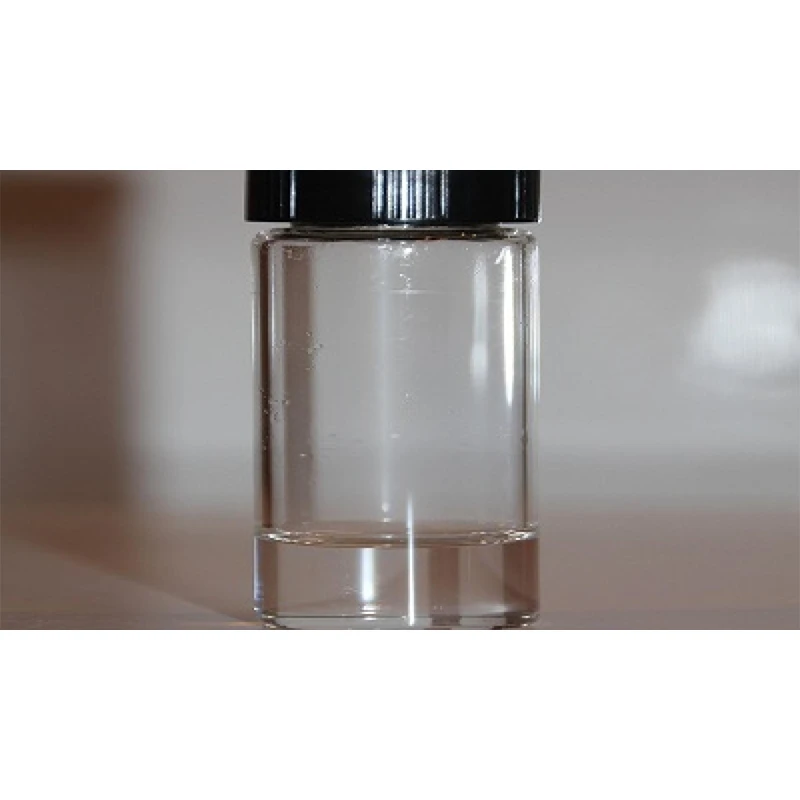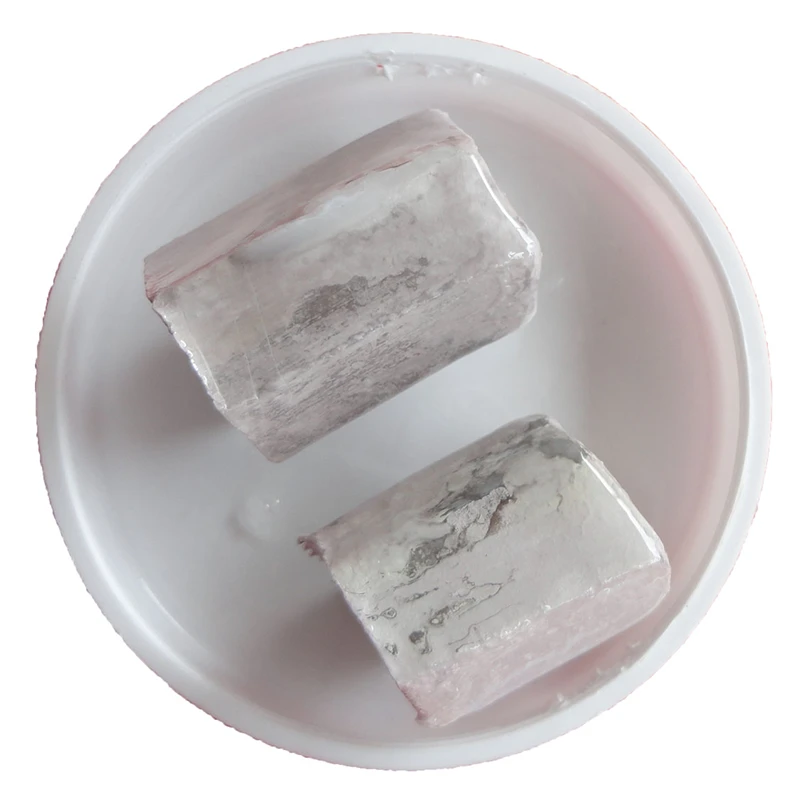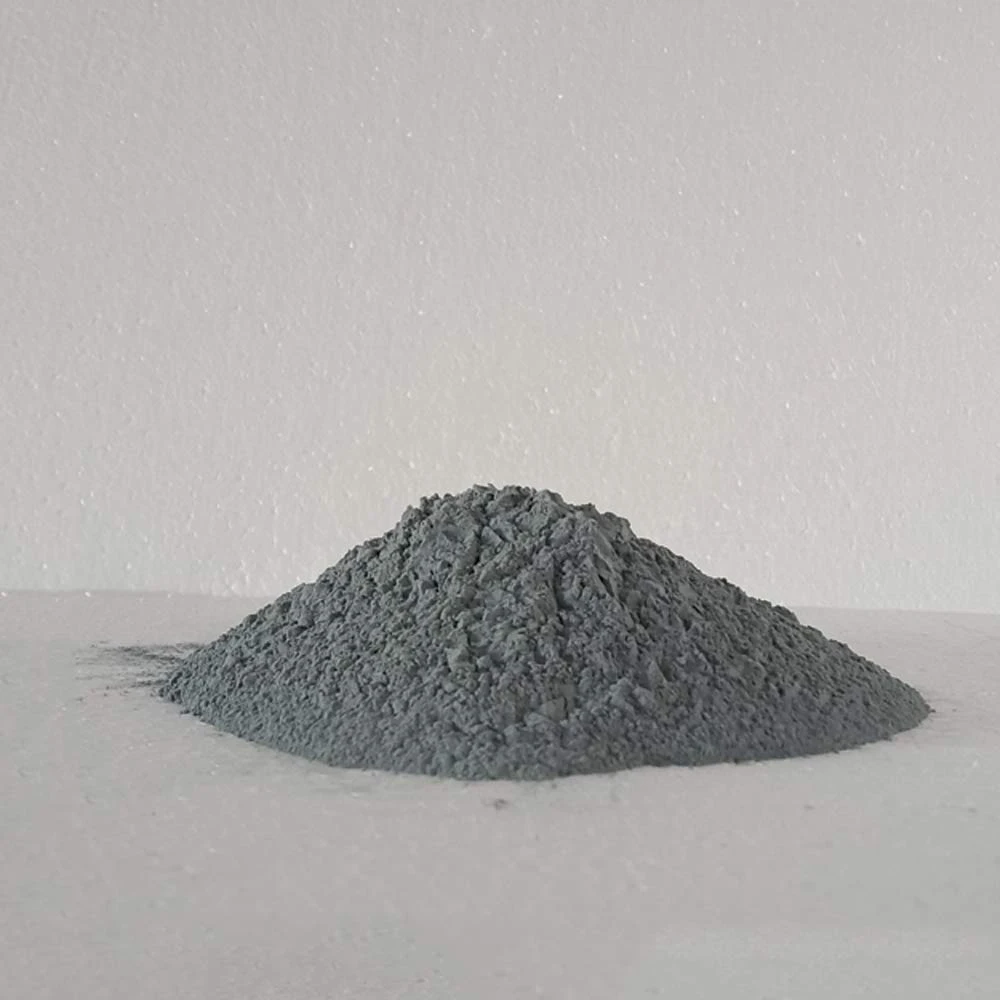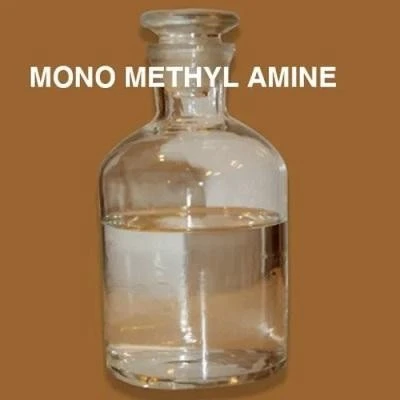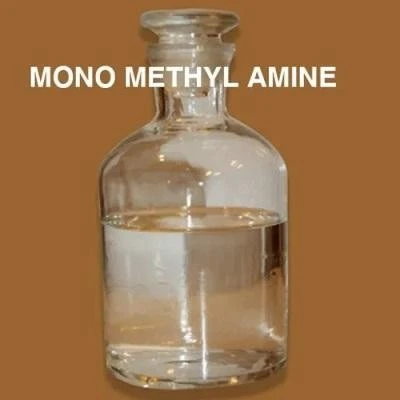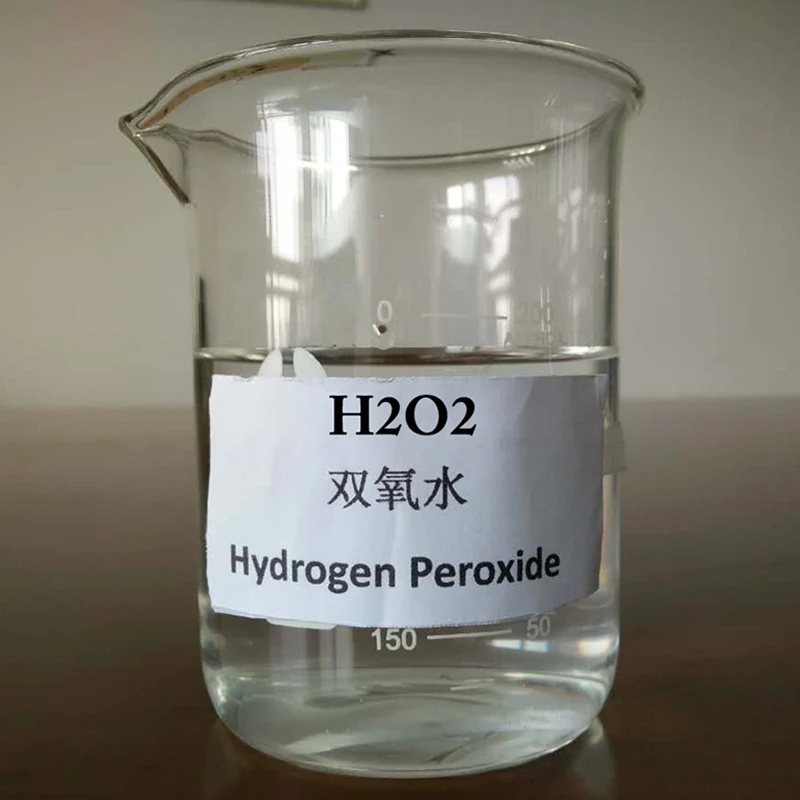


Premium Aluminium Chloride Solutions | Optimized by GPT-4-Turbo
Aluminium Chloride (AlCl3) stands as a critical chemical compound powering diverse sectors—ranging from petrochemicals to water treatment, metallurgy, pharmaceuticals, and more.
This comprehensive exploration covers the latest industry trends, technical benchmarks, application scenarios, manufacturing standards, and authoritative performance data to help procurement professionals, engineers, and technical managers make informed decisions.
For detailed product information and specifications, Aluminium Chloride official page offers up-to-date details.
1. Aluminium Chloride: Industry Evolution & Market Trends
- • Global Demand: The Aluminium Chloride market exhibits a CAGR of 4.9% (2020–2027), with Asia-Pacific region dominating close to 39% consumption (source: GMI).
- • Key Drivers: Surging adoption in polymerization, pharmaceuticals (as a Lewis Acid catalyst), wastewater treatment, and advanced metallurgy.
- • Industry Standards: Manufacturing strictly abides by ISO 9001:2015, ANSI/ACS reagent grade, and optional compliance with FDA for pharmaceutical intermediates.
- • Supply Chain Shift: Increasing emphasis on sustainable sourcing, recyclability, and energy-efficient refining of aluminium raw material.
- • Innovation: Automated production lines and IoT-driven plant monitoring improve product purity, yield stability, and batch traceability.
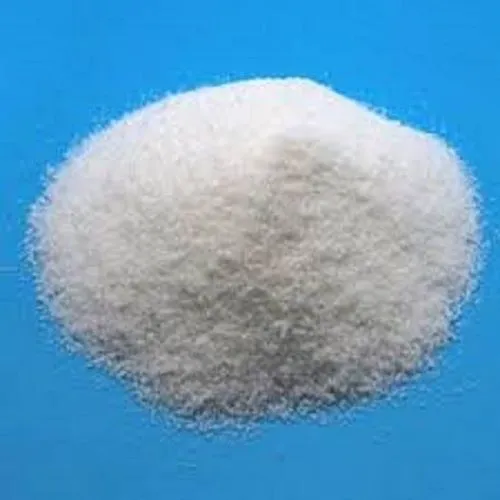
2. Technical Specification & Industry Benchmark Comparison
| Parameter | Aluminium Chloride (Anhydrous) | Aluminium Chloride (Hexahydrate) | Typical Industry Standard |
|---|---|---|---|
| Chemical Formula | AlCl3 | AlCl3·6H2O | AlCl3 (Pure ≥99.5%) |
| Appearance | White/Yellow Crystalline Solid | Colorless Crystals | White to Pale Yellow |
| Purity | ≥99.0% (w/w) | ≥97% (w/w) | >99% (Reagent Grade) |
| Solubility in Water (20℃) | Readily Soluble | Readily Soluble | Complete |
| Iron (Fe) Content | <50 ppm | <80 ppm | <100 ppm |
| pH of 1% Solution | 2.5-3.5 | 2.0-3.0 | 2.0-3.5 |
| Melting Point | 190.4℃ | Deliquescent | >190℃ |
| Packaging | 25kg/Bag, 500kg/Big Bag, Drum | 25kg Bag | Reagent Drum/Lined Bag |
Key Performance Visualizations
3. Aluminium Chloride Manufacturing Process Flow
- MateriaI: Industrial pure aluminium ingots → Chlorination process with Cl2 gas under controlled high temperature.
- Process: Reaction at 185–200℃ forms gaseous Aluminium Chloride, → subsequent sublimation & condensation yields pure anhydrous crystals.
- Finishing: Controlled crystal size and purity are achieved by rapid cooling and sieving. ISO 9001:2015 certified QC protocols are followed at every node.
- Packing: Anti-moisture lined bags/drums per ANSI/ACS Reagent standards.
4. Manufacturing Techniques: Material, Machining, and Quality Control
- Materials: High-purity primary aluminium, technical grade chlorine; for pharmaceutical/fine use, USP or FDA-compliant grades available.
- Manufacturing Methods:
- ╳ Continuous rotary chemical reactors for uniform particle size & batch consistency.
- ╳ Automated casting/sublimation chambers for anhydrous forms.
- ╳ CNC-controlled packing stations for precise fill and anti-contaminant sealing.
- Testing & Certification: Multi-point inspection: FTIR/ICP-MS for trace metals, spectrophotometric purity, moisture by Karl Fischer titration, by ISO 9001, GB/T 22623 and ACS criteria.
- Product Lifecycle: Shelf life 12–24 months (dry, sealed); real-world applications confirm no quality decay over 5 years in industrial water treatment lines.
5. Application Scenarios: Industrial Uses and Performance Advantages
| Application Scenario | Solution/Benefit | Key Performance Indicator |
|---|---|---|
| Petrochemical Catalysis | Aluminium Chloride as Friedel–Crafts catalyst | >96% Reaction Yield, Consistent Conversion |
| Water & Wastewater Treatment | Effective coagulant, removes color & organics | Reduction of COD/BOD by 85–90% |
| Metallurgy (Al Alloys) | Fluxing/deoxidation agent, anti-slag formation | Inclusion index < 0.012 |
| Pharma & Fine Chemicals | Lewis Acid catalysis in APIs, dye intermediates | >99% chemical purity; FDA/USP possible |
| Dye & Pigment Manufacturing | Facilitates condensation & color depth | Reproducibility, Color Fastness |
| Rubber/Polymer Industry | Enhances polymerization speed | Productivity increase 11–17% |
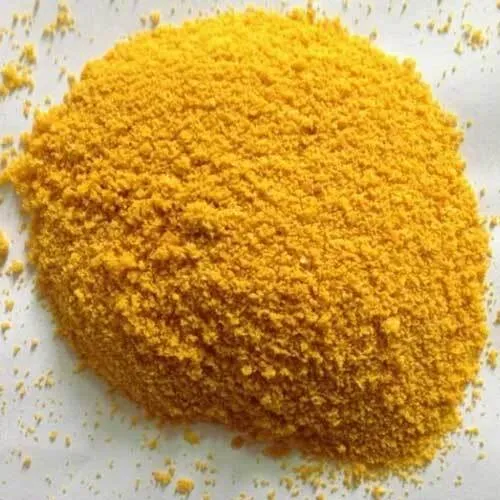
Highlighted Technical Advantages
- Exceptional Reactivity: Enables faster catalysis (half reaction time vs. ferric chloride in Friedel–Crafts).
- Enhanced Purity: Proprietary two-stage filtration ensures Aluminium Chloride products meet ANSI/ACS reagent standards.
- High Corrosion Resistance: Stable under storage; resists hydrolysis via anti-caking technology in packaging.
- Sustainability: Chlorine and hydrolysis off-gases are recycled for internal process needs, minimizing waste.
- Custom Solutions: Particle size control from nano (
6. Manufacturer Comparison: Global Top Suppliers
| Supplier | Purity (Anhydrous) | Certifications | Lead Time | Service Strength |
|---|---|---|---|---|
| DFCHEMPEST | ≥99.5% | ISO9001, REACH, FDA (opt.) | 7–15 days | Custom sizing/flexible MOQ |
| Merck KGaA | ≥99% | ISO9001, ACS | 28+ days | Scientific-grade, small packs |
| GFS Chemicals | ≥98.5% | ACS, ISO9001 | 21 days | TA support, research focus |
| Aditya Birla Chemicals | ≥99% | ISO14001, ISO9001 | 15–25 days | Large-scale, cost-effective |
| Alfa Aesar | ACS Reagent | ISO9001 | 20–30 days | Global distribution |
Custom Aluminium Chloride Solutions
- • Tailored Purity: Batch-customization for SEMI/Electronics or pharma grades, with COA and third-party test certificates.
- • Particle Size Variants: Microcrystalline, granular, or fused block grades to fit flocculation, catalysis, or rubber manufacturing.
- • Private Label & Packaging: OEM packaging, export labeling, FIBC bulk or drum options.
- • On-Site Technical Service: Process optimization, dosing calibration, coagulant system retrofitting, available for bulk clients in APAC & EMEA.
7. Real-World Application Cases
- Scope: Installed 1250MT/year Aluminium Chloride catalytic process line.
- Result: Improved product purity, halved energy consumption; ROI in 12 months.
- Feedback: “Batch-to-batch consistency & proactive after-sales sets DFC apart.” — Plant Chief, 2023
- Scope: Upgraded to coagulant-grade Aluminium Chloride for 60MLD waterworks.
- Result: Reduced sludge by 28%, cut cost by 16% compared to ferric alum.
- Feedback: “Optimized supply chain and responsive tech support. Zero downtime in 2 years.”
- Scope: Custom-micronized Aluminium Chloride grade for azo dye intermediates.
- Result: Enhanced batch reproducibility, improved dye hue uniformity.
- Testimony: “Flexible delivery and strict EU-compliant specs exceeded audit expectations.”
- Scope: Semiconductor firm required sub-ppm Fe content AlCl3.
- Result: Delivered Aluminium Chloride with Fe
8. Delivery, Warranty & Customer Support
- Lead time: 7–15 business days (stocked SKUs); custom batches within 3 weeks.
- Quality Guarantee: 100% batch replace/refund if parameters not met; valid for 18 months from shipment, in original packaging.
- Customer Support: 24/7 technical hotline, virtual engineering consult; onsite support for annual contracts.
- Certifications: Full documentation: COA/MSDS/ISO/FDA upon request. Third-party audit trail (SGS/Intertek) available.
9. FAQ: Technical and Procurement Expert Answers
10. Authoritativeness & References
- • Authoritative Market & Technical Sources: Grand View Research, Global Market Insights, Cambridge Structural Database, Journals: Ind. Eng. Chem. Res. (ACS), ChemEurope, and European Coatings Journal.
- • Certification: ISO 9001:2015, REACH, FDA, local SGS audit
- • Forum & Academic Discussion: ChemistryWorld: Aluminium Chloride Reactions, ResearchGate: Production Process Study.
-
Uncover the Benefits of Sodium ChlorateNewsJun.24,2025
-
Sodium for Sale: Your Essential ResourceNewsJun.24,2025
-
Raw Materials in Chemical IndustryNewsJun.24,2025
-
Potassium Hydroxide: Versatile Solutions for Your NeedsNewsJun.24,2025
-
Organic Pesticides and Chemical Raw Materials: Building a Sustainable FutureNewsJun.24,2025
-
Discover Premium Chlorine Tablets TodayNewsJun.24,2025
-
Zinc for Sale: Your Essential ResourceNewsJun.04,2025
